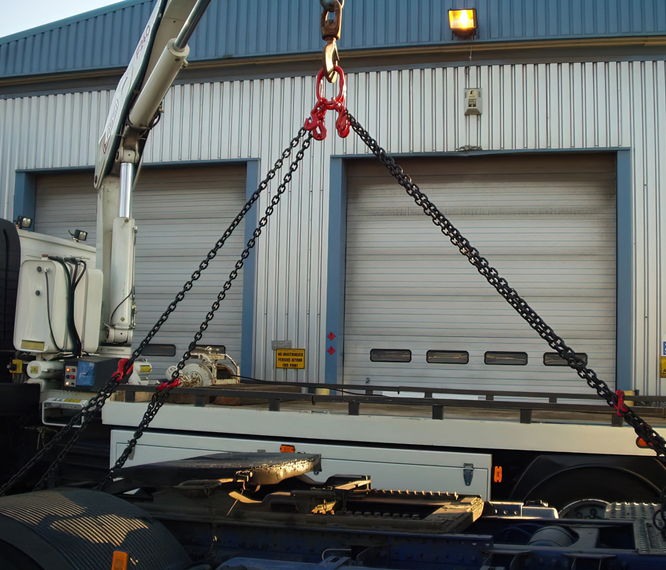





























































































































An anchor of the right size and type is arguably the most important piece of safety equipment to have on your boat. Regardless of the type of boat you own or where you use it, West Marine has you covered with boating's best selection of anchors, chain, windlasses and more.
Anchors can either be temporary or permanent. Permanent anchors are used in the creation of a mooring, and are rarely moved; a specialist service is normally needed to move or maintain them. Vessels carry one or more temporary anchors, which may be of different designs and weights.
A sea anchor is a drogue, not in contact with the seabed. It is used to control a drifting vessel, or to limit the speed of a sailing yacht running ''under bare pole'' in a storm.

Anchor is the most important piece of safety equipment, it is what keeps your boat from drifting into danger if it loses power, the right anchor depends on the size and type of boat you have.
The first step is to determine the size of the anchor that will fit your boat based on the length of the boat. When your boat is heavier than usual, or if there is more wind and waves, a larger anchor should be chosen. The holding power is determined by environmental factors, such as wind speed. Generally speaking 90 pounds of holding power is sufficient to safely secure a 20-foot boat in a 20-mile-per-hour wind. At the same wind speed, 125 pounds of holding power is sufficient to safely secure a 25-foot boat.
Generally speaking, the bigger the anchor the better, but what really matters is the anchor's holding power at the bottom, not its weight. You can have two different weights of anchor, a smaller anchor is sufficient for a short mooring in a calm bay and a larger anchor is needed for landing or overnighting in high winds.
The Fluke anchor, also known as the Danforth, folds flat for easy storage in the storeroom and has great holding power for its weight. It has two long, rotatable harpoons that are wide and sharp enough to sink into sand and hard mud bottoms and weighs from 2.5lbs to 200lbs. It is not recommended for use in loose mud, on rocky bottoms or on grassy bottoms. Commonly used on small recreational boats 30 feet and under in overall length.
The Grapnel Anchor is shaped like a grappling hook with multiple teeth or points designed to catch rocks on the bottom or wood underwater, not to sink to the bottom. Compact, the teeth can be folded up along the shank for easy retrieval. Not enough gripping power, not much holding power, often used for very small boats such as small boats, dinghies, canoes, kayaks, etc.
The Plow Anchor has either a fixed (Delta style) or a swivel (CQR) shank. the Plow Anchor is bulkier than the Fluke anchor and when set in the water, the plow lands on its side and when the current catches the plow, it buries itself in the ground, forming a solid hook. Its shape allows it to be easily reset by wind or tide. plow anchor is good for sand, rocky bottoms, weeds and grass, but not so good on soft bottoms.
The Claw anchor is a non-folding anchor similar to the plow anchor with a wider scoop shape and its unique shape allows for a 360 degree turn without breaking. Ideal for use in windy conditions, they are designed for such conditions and are easier to set up and hold no matter how the boat swings. Works well on muddy, clay or sandy bottoms. It may not work well on very hard bottoms or in dense vegetation.
